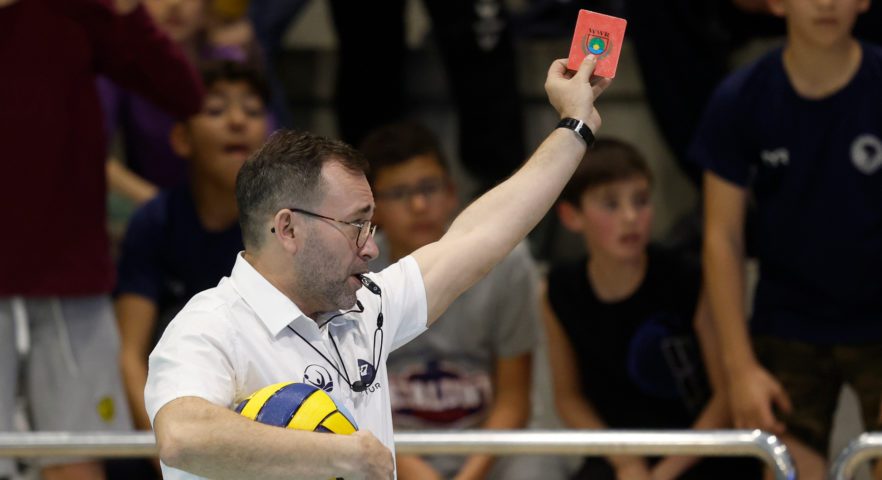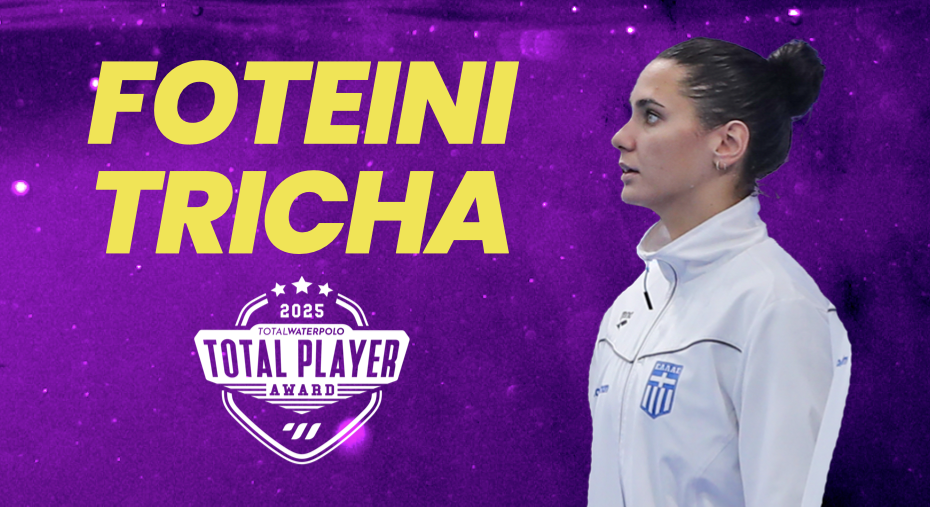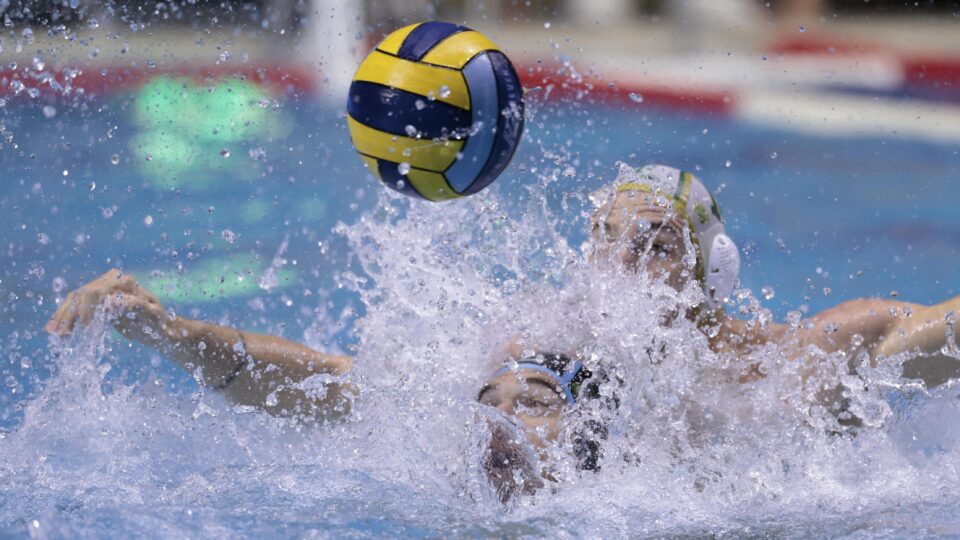Recently, the World Aquatics Bureau updated and approved new rules and competition regulations in all aquatic sports.
We have written about changes in water polo rules, the new competition format of the World U18 and U20 Championships, and that there will be penalty shots after ties in all competitions.
Besides all the mentioned, the VAR protocol has been updated.
Since the VAR has been included in water polo rules, some situations have confused water polo fans. Therefore, we’ll summarize all the important details of the valid VAR protocol (including the ones that were part of the old protocol).
The protocol defines six situations in which VAR can be used:
-Goal/ No goal.
-Goal scored at shot clock expiration or at the end of a period.
-When there is a shot taken at the end of a period and there is an excluded player.
-Jury table errors and/or failures of the electronic system, including time-out buttons.
-Review of a violent action situation (formerly named brutality – Ed.)
-Interference with the taking of a penalty throw.
At the last year’s World League Super Final for women, a “challenge rule” was tested. Coaches were able to ask for the VAR review, but the challenge isn’t included in the new VAR protocol.
If the referee thinks that the VAR review is needed, she/he will stop the match at an appropriate moment, as soon as possible.
What is an appropriate moment?
According to the protocol, appropriate moments are: Neither team has possession of the ball; Interval time; Corner throw; Team in possession of the ball has no clear advantage.
At the latest, the review should be done after the first attack following a doubtful “goal/no goal” situation.
Goal/no goal
The most important details in VAR protocol about Goal/No goal situations are that:
If a goal isn’t awarded during the play, but it was awarded after the VAR review, the game restarts according to the rules, and the time is reset to the moment when the goal was scored. All goals and personal fouls (that were scored/committed between the situation that was reviewed and the moment when the game was stopped) are nullified. Still, all yellow and red cards, acts of violence and misconduct will remain on the match protocol.
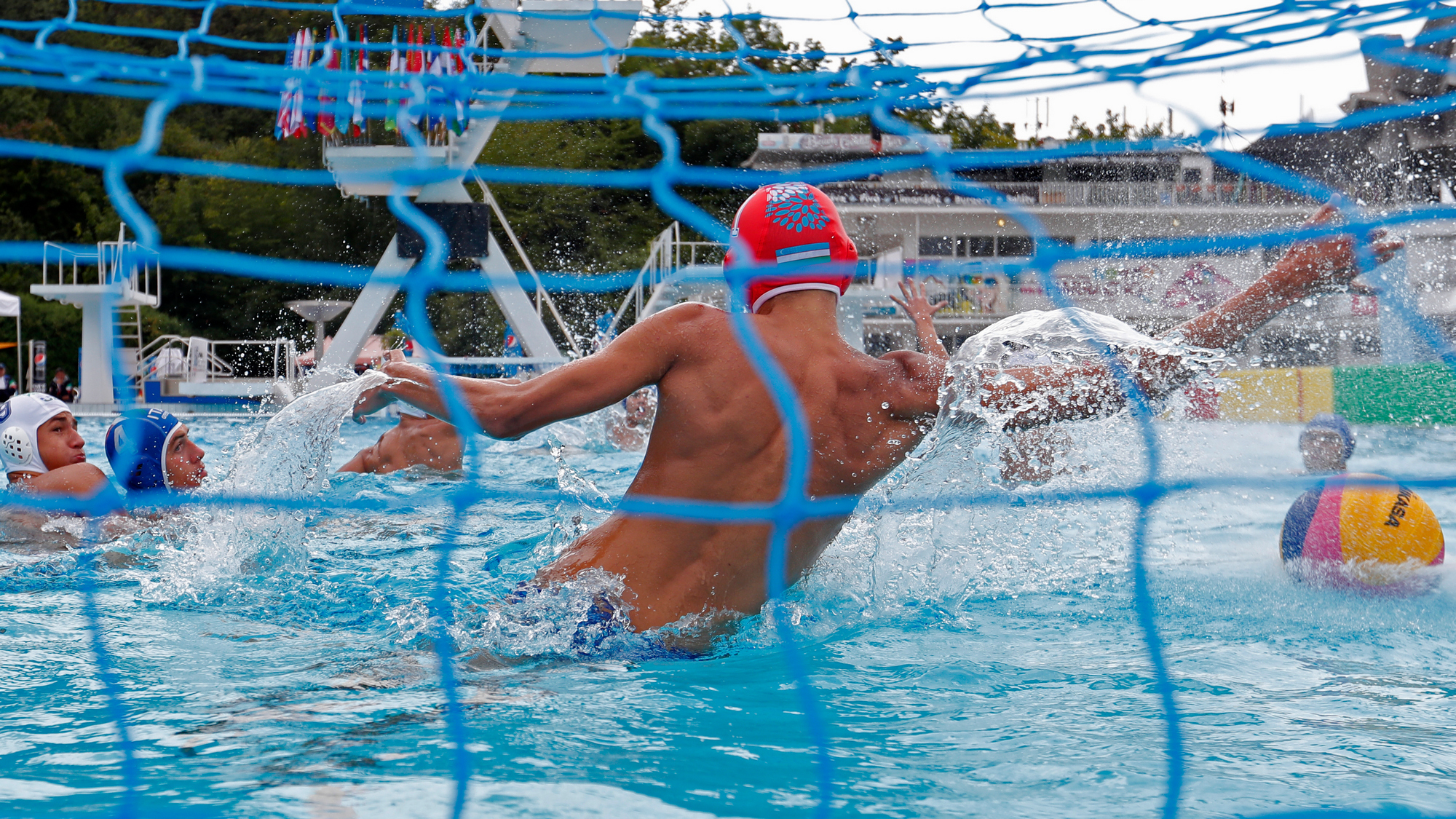
Photo by Laszlo Balogh/Total Waterpolo
If a goal is canceled after the VAR review, the defending goalkeeper will restart the game with a free throw. The players are allowed to take any position in the field of play as after a time-out.
If a goal isn’t awarded before the VAR check and the referees don’t change that decision after the review the game restarts with a free throw taken by the team which last had possession, the time is not reset, and the players are allowed to take any position in the field of play as after a time out.
Goals and exclusions at shot clock expiration
When a goal was scored very close to the shot clock time expiration or during the time expiration at the end of a period, the referee should check if the ball left the hand of the attacker before the time expired. A VAR review will be done immediately after the goal is scored. If the result of the shot were a corner throw or rebound, no video review would be done.
When a player is excluded at the end of a period, and at the expiration of time the attacking team shoots at the goal, the VAR equipment must be used to assess if there was a change of possession in order to determine if the following period of the match will be restarted with both teams even, or with one player still excluded.
No other situations than these two can be considered for VAR review after time expires.
Suspicion of an incident of violence
When the game is stopped at the moment of suspicion of violence, the referees will sanction the incident if violent action is determined and the game will continue according to the rules. If a violent action is not determined, the game will proceed according to the rules.
If the game was stopped later, at an appropriate moment, and violent action was determined, all goals and personal fouls between the time of the incident and the time of stoppage are then nullified, but all yellow and red cards, acts of violence and misconduct, will remain on the match protocol.
Technical errors
When technical errors of the table officials or malfunctioning of electronic equipment (game clock, shot clock, time-out devices) occurs, the referee may use the VAR system to determine the correct solution for the situation.
Determining and resolving the situation shall be made before the match is restarted.
Interference during penalty shot
In situations when the referees or a VAR referee suspect interference during the taking of a penalty throw, the referees can use the VAR check.
Based on the decision, the game continues from the appropriate moment as described in the rules.
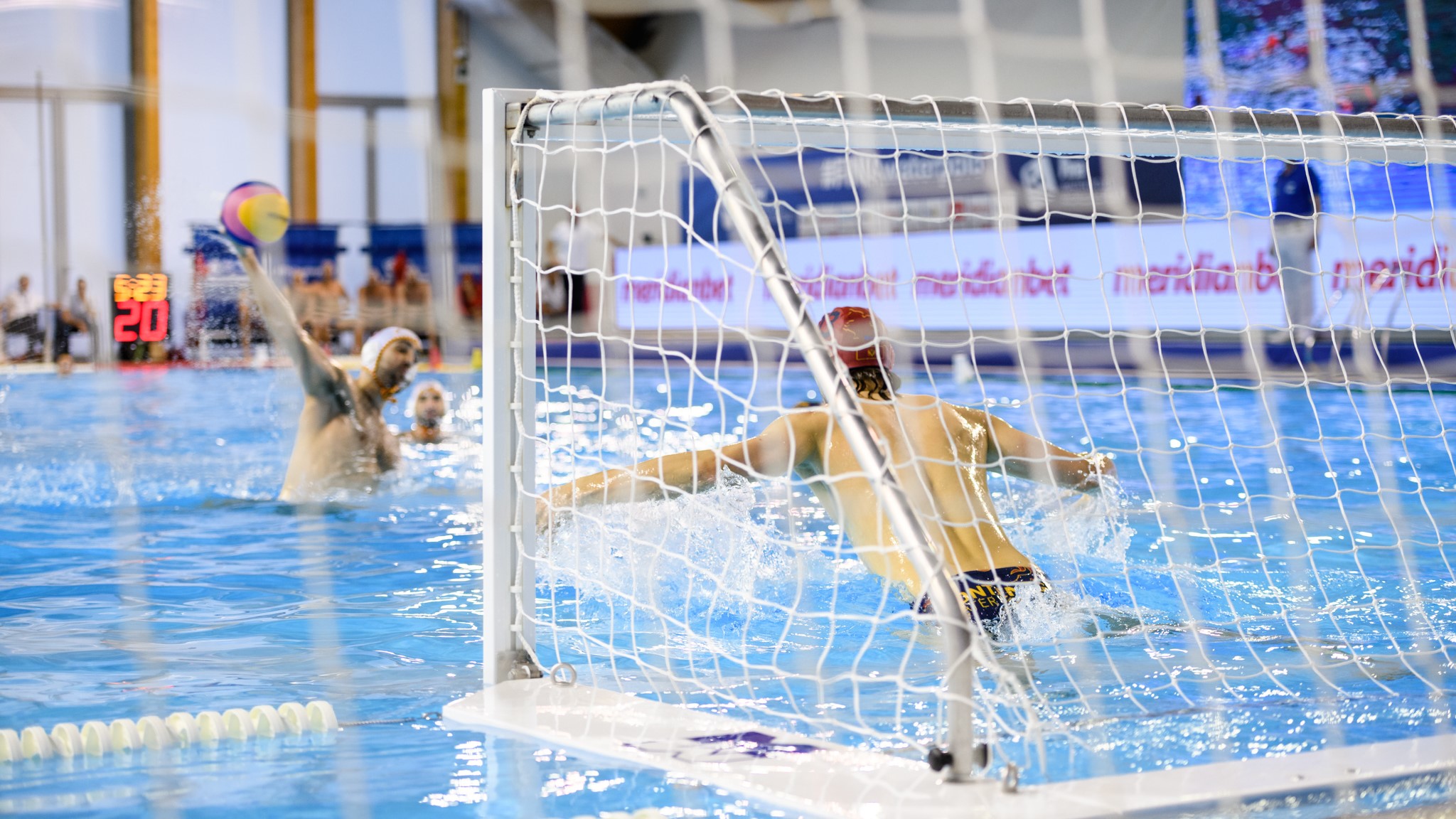
Photo by VPSCG/Krsto Vulovic
During any Video Review, no substitutions are allowed from any of the re-entry areas before the referee communicates the decision after VAR Review. The players must remain in their respective halves of the field. The public announcer must announce both the stoppage of the game to review the situation as well as the referee’s decision after the review. A message may be displayed on the scoreboard as well.
Reviews after the game
The result of a match should not be invalidated because of malfunction(s) of the VAR technology, wrong decision(s) involving the VAR, decision(s) not to review an incident or review(s) of a non-reviewable situation, VAR protocol says.
After the match, a team, which was involved in the game, may request a Video Review. This request may be made under the same conditions as filing a protest form after the match. Post-match reviews will only be accepted on the request form provided by World Aquatics no later than 30 minutes after the game in which the incident occurred. The TWPC does not review any incident if there is no official request from a team.



